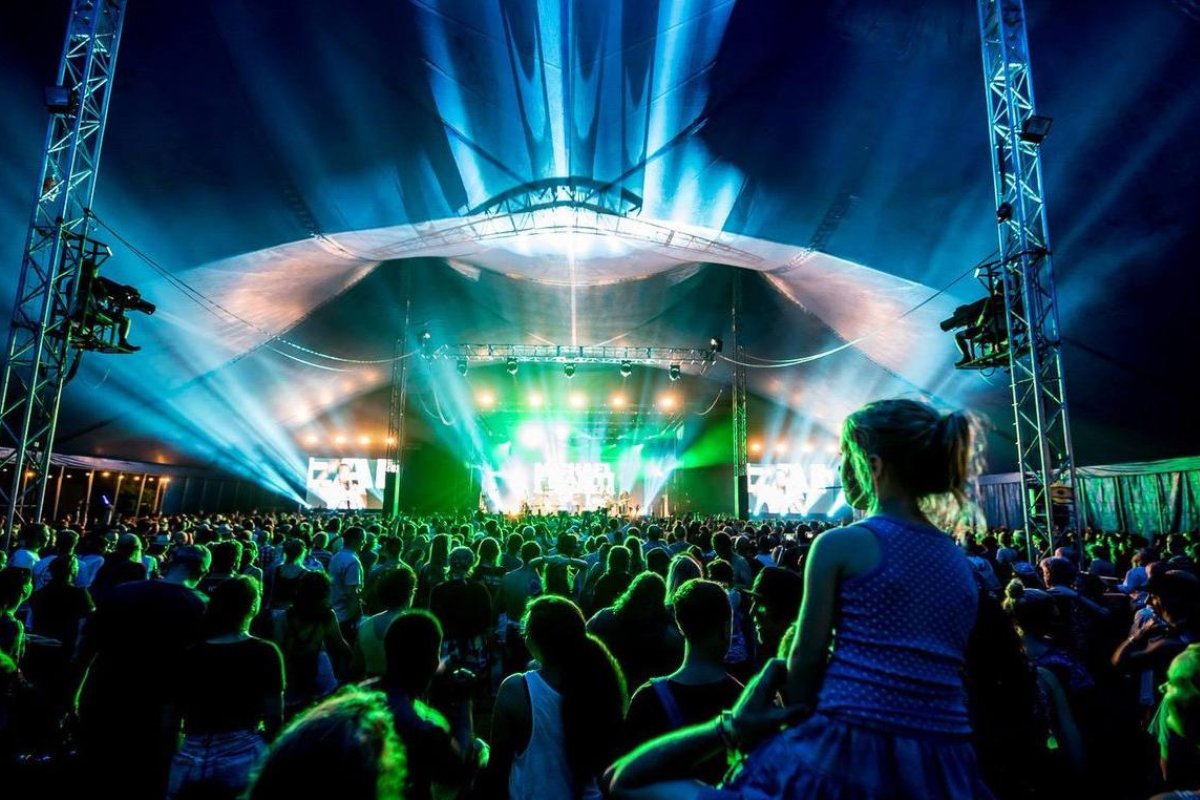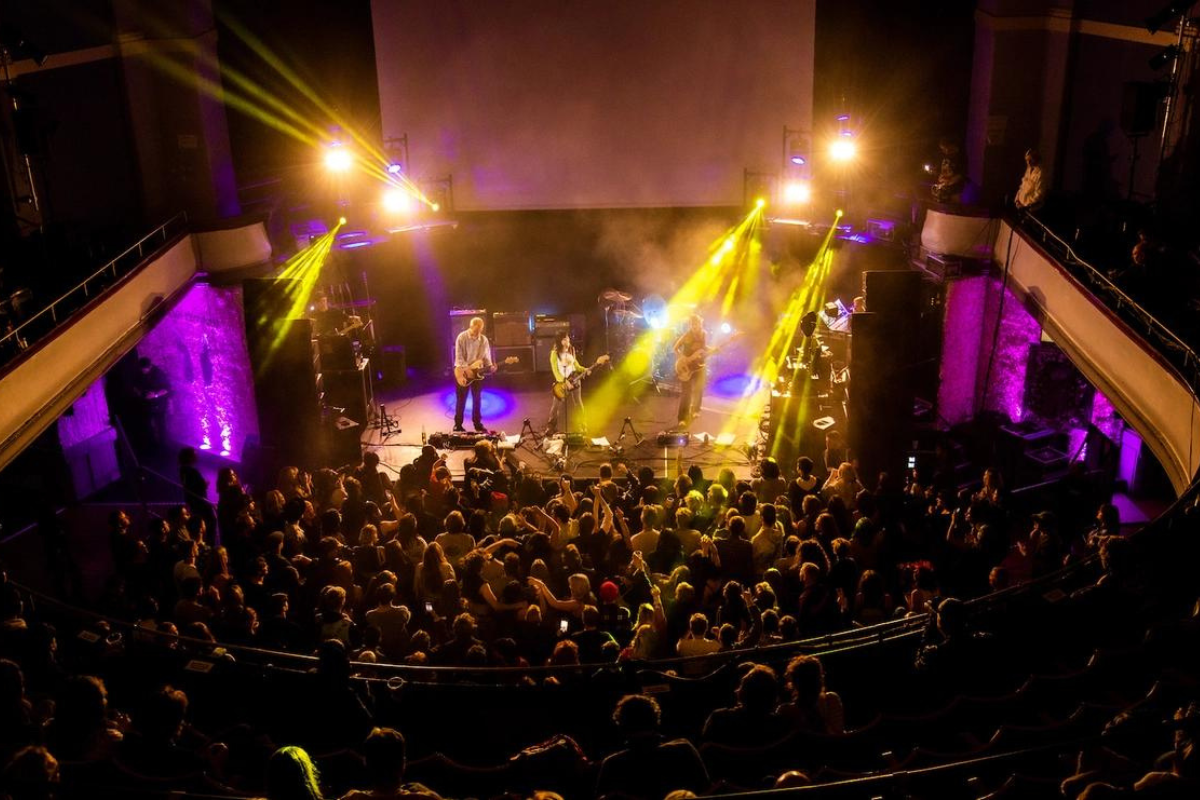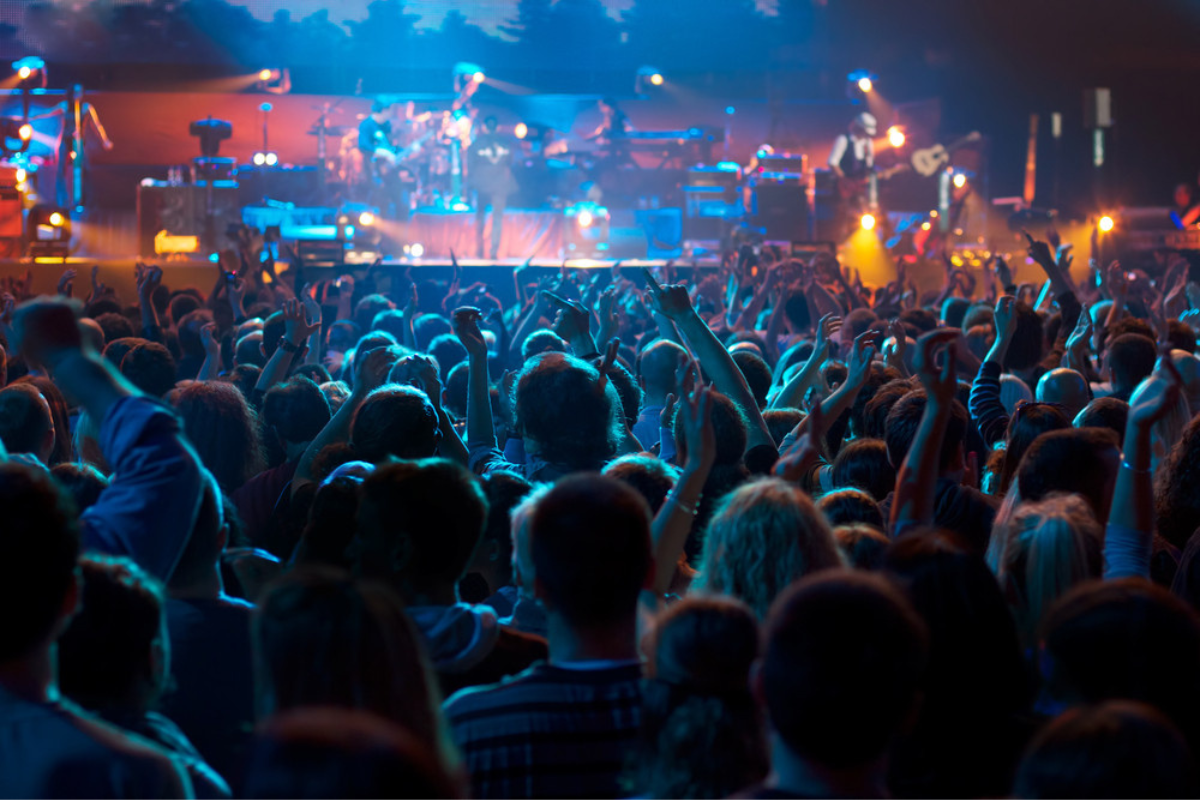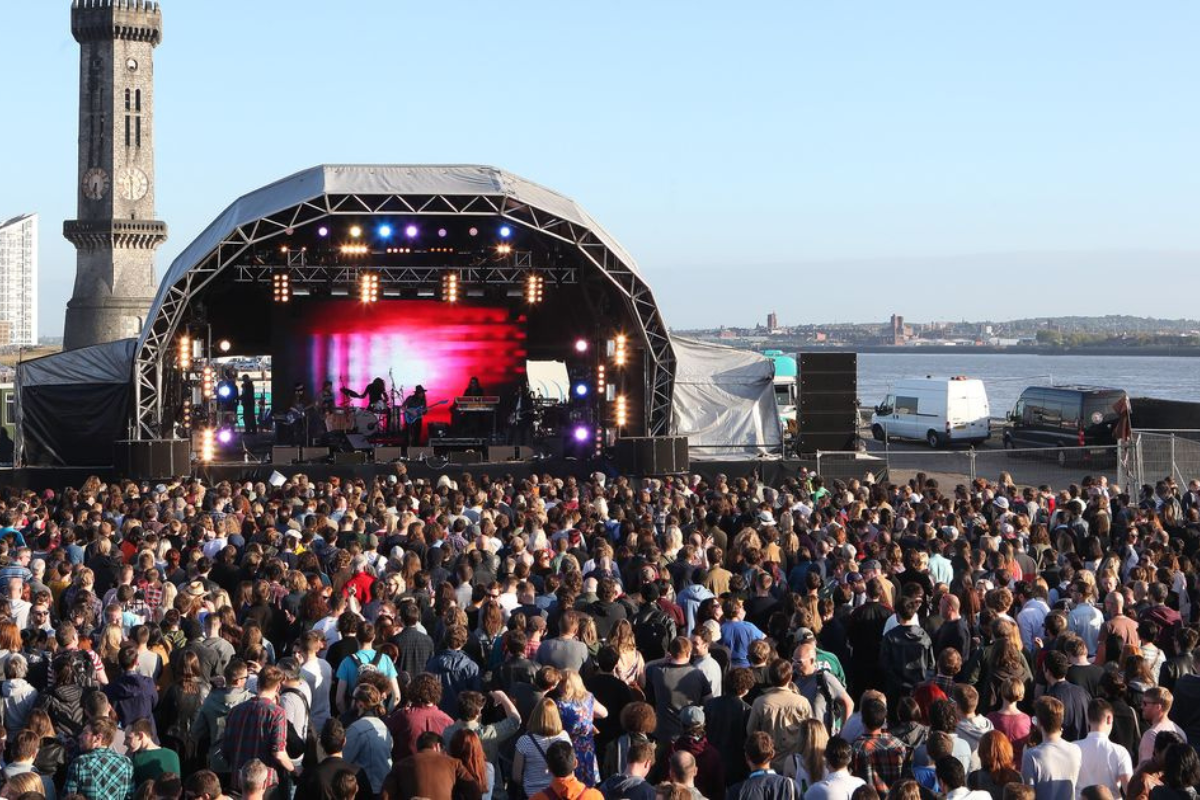Live music isn’t just about the headlining act or the pulsating energy of the crowd. It’s a portal, a gateway to understanding a city’s soul, its hidden stories, and its diverse beating heart. Forget the tourist traps and curated itineraries; following the thrum of live music unlocks a city’s authentic rhythm, revealing its cultural tapestry and the threads that bind its communities.

Photo: The Music Network
Live music isn’t just about swaying to the beat or headbanging in the mosh pit; it’s a portal into the soul of a city. It’s a tapestry woven from the threads of local history, cultural influences, and the raw energy of its people. Stepping beyond the stage lights, we embark on a journey of discovery, using live music as our compass, navigating hidden alleyways, bustling streets, and vibrant communities.
From dive bars to grand orchestras: A city’s symphony
Every city has its own unique musical ecosystem. In Nashville, the honky-tonks of Broadway vibrate with the twang of country guitars, each bar a microcosm of the city’s rich musical heritage. In New Orleans, the streets thrum with the infectious energy of brass bands, their melodies echoing through the French Quarter, a testament to the city’s joie de vivre. In Berlin, techno beats pulse in underground clubs, remnants of a counterculture spirit that continues to define the city’s creative landscape.
But the live music scene isn’t just about genre and style; it’s about the spaces that bring people together. From the intimate confines of a jazz club where hushed reverence hangs in the air to the open-air amphitheater pulsating with the energy of thousands, each venue offers a unique perspective on the city. In a dimly lit dive bar, you might rub shoulders with local musicians and artists, catching a glimpse of the city’s raw, unfiltered energy. In a grand concert hall, you might share the experience with a diverse audience, united by the shared language of music.

Photo: The Line Of Best Fit
While headlining acts might draw the crowds, a city’s true musical identity often lies in its hidden corners. Seek out the independent music venues, the community centers where local bands hone their craft, and the backyard barbecues where music spills out onto the street. These spaces offer a chance to experience the city’s authentic voice, to discover up-and-coming talent, and to connect with the people who make the music scene tick.
Following local promoters, music blogs, and community radio stations can lead you to hidden gems you wouldn’t find on a tourist map. Attend open mic nights, support local festivals, and strike up conversations with music lovers – you might just discover your new favorite band or stumble upon a hidden scene that defines the city’s underground pulse.
Music as a bridge: Connecting with the city and its people
Live music transcends language and cultural barriers. It’s a universal language that speaks to the soul, creating a sense of shared experience and connection. By immersing yourself in the local music scene, you open yourself up to authentic interactions with the city’s residents. Share a beer with a fellow concertgoer, discuss the performance with a musician after their set, or simply observe the diverse crowd around you – these interactions can offer invaluable insights into the city’s cultural fabric and the stories its people have to tell.

Photo: The Jakarta Post
Music can also be a powerful tool for social change and community building. Attend benefit concerts that support local causes, participate in community music workshops, or simply listen to the stories woven into the lyrics of local artists. By engaging with music in this way, you become part of a larger conversation, contributing to the city’s cultural tapestry and forging meaningful connections with its people.
Tourism’s two-step: Shaping the live music experience
Tourism undeniably plays a significant role in shaping the live music experience, its influence a double-edged sword with both positive and negative impacts. On the one hand, tourism can act as a vital lifeblood, injecting much-needed revenue into the scene and fostering cultural exchange. International music festivals draw crowds from across the globe, showcasing local talent and boosting the city’s image. Tourists flock to renowned music venues, ensuring their survival and contributing to the vibrant atmosphere. This financial support allows venues to attract bigger names, curate diverse lineups, and invest in better sound systems, ultimately enhancing the experience for everyone.
However, the influx of tourists can also lead to homogenization and gentrification. Popular music scenes, fueled by tourist demand, might prioritize genres and artists with broader appeal, pushing out niche acts and local favorites. Venues might cater to tourist sensibilities, altering their character and atmosphere. Rising rents and property values, fueled by tourism dollars, can force iconic venues and rehearsal spaces to shut down, displacing local musicians and jeopardizing the scene’s authenticity. This creates a paradox – tourism breathes life into the scene, yet its very success can threaten the very qualities that attracted visitors in the first place.

Photo: Why Now
Navigating this complex relationship requires a delicate balance. Responsible tourism practices are crucial. Supporting locally owned venues, opting for independent tours focused on authentic experiences, and respecting local customs are essential steps. Cities and organizers can implement policies that protect local artists and venues, ensuring tourism benefits the entire ecosystem. Fostering community-driven initiatives, promoting diverse genres, and encouraging interaction between tourists and locals can create a more inclusive and sustainable music scene.
Ultimately, the role of tourism in shaping the live music experience is multifaceted. While it presents challenges, it also offers immense opportunities. By recognizing its impact and adopting responsible practices, we can ensure that tourism enriches the music scene for both locals and visitors, allowing it to thrive as a vibrant space for cultural exchange and shared experiences.

